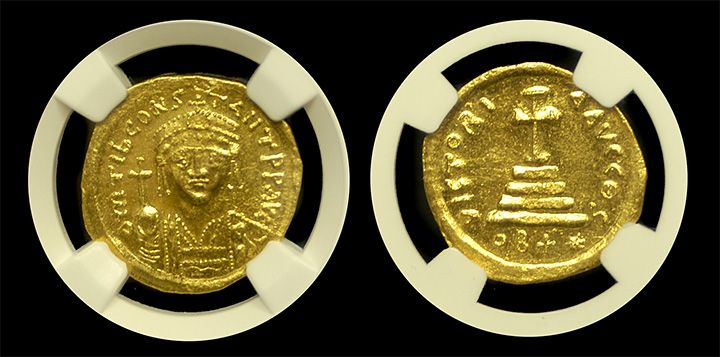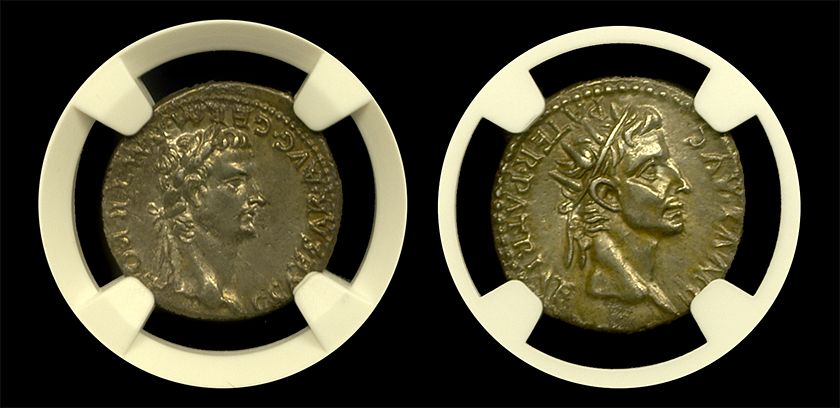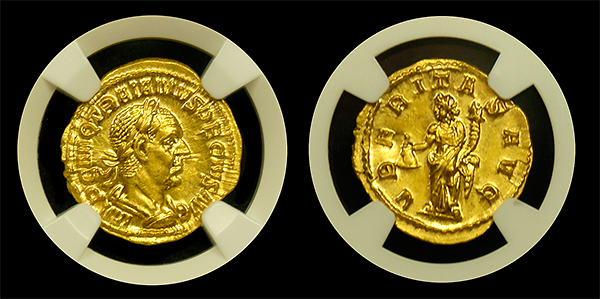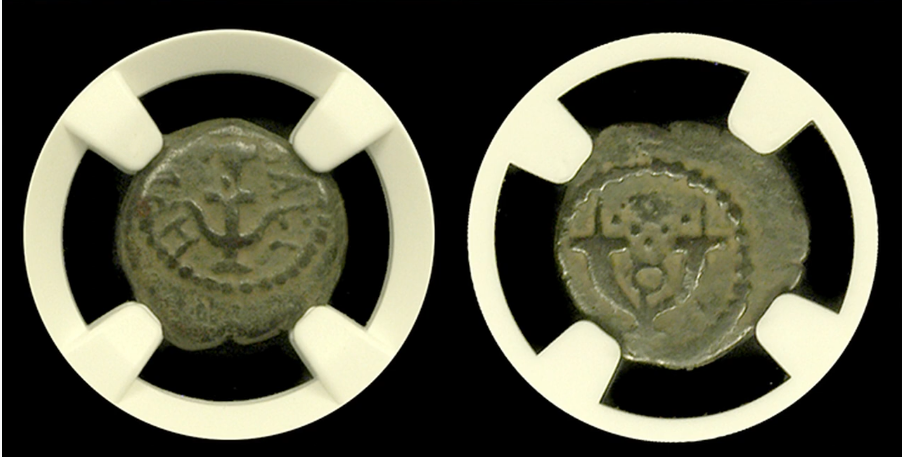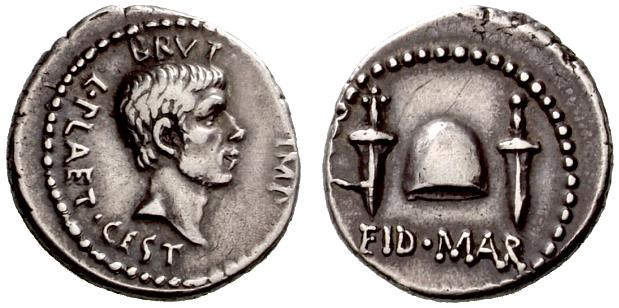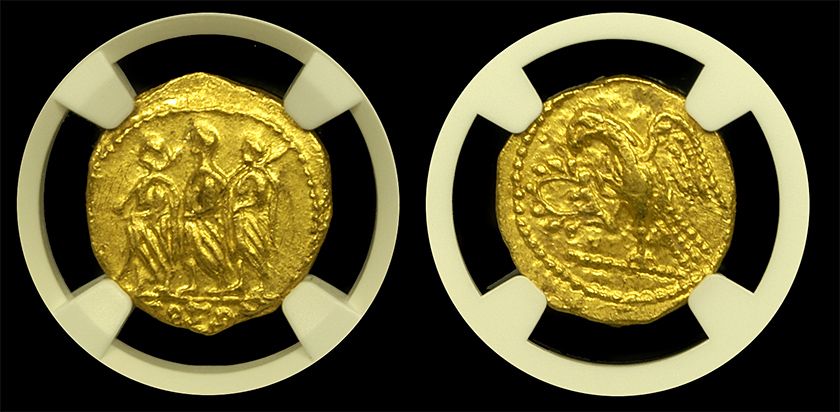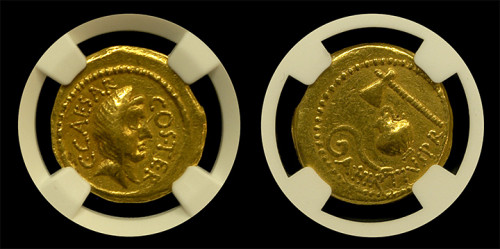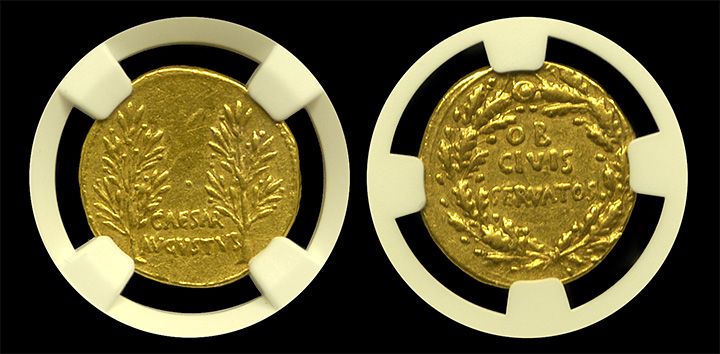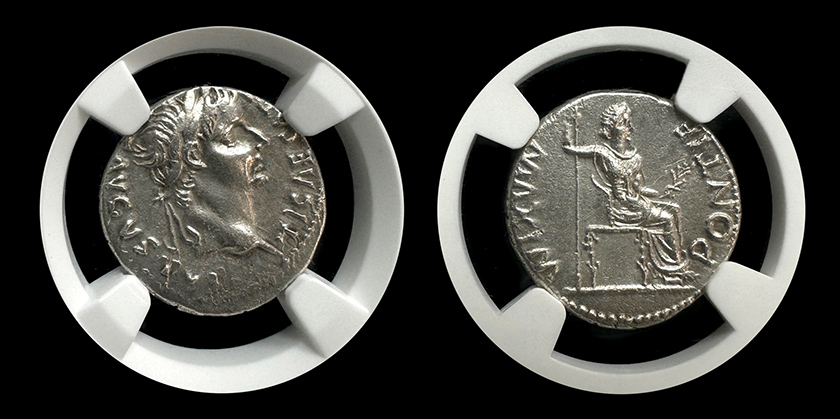
Tiberius Issued a Tribute Penny
April 6, 2023
During the time when Jesus Christ was in Rome, the Roman Empire was under the rule of Emperor Tiberius. Tiberius issued a Tribute Penny during his reign. In fact, the Tribute Penny has become significant not just in Roman history, but in religious history as well.
<...

